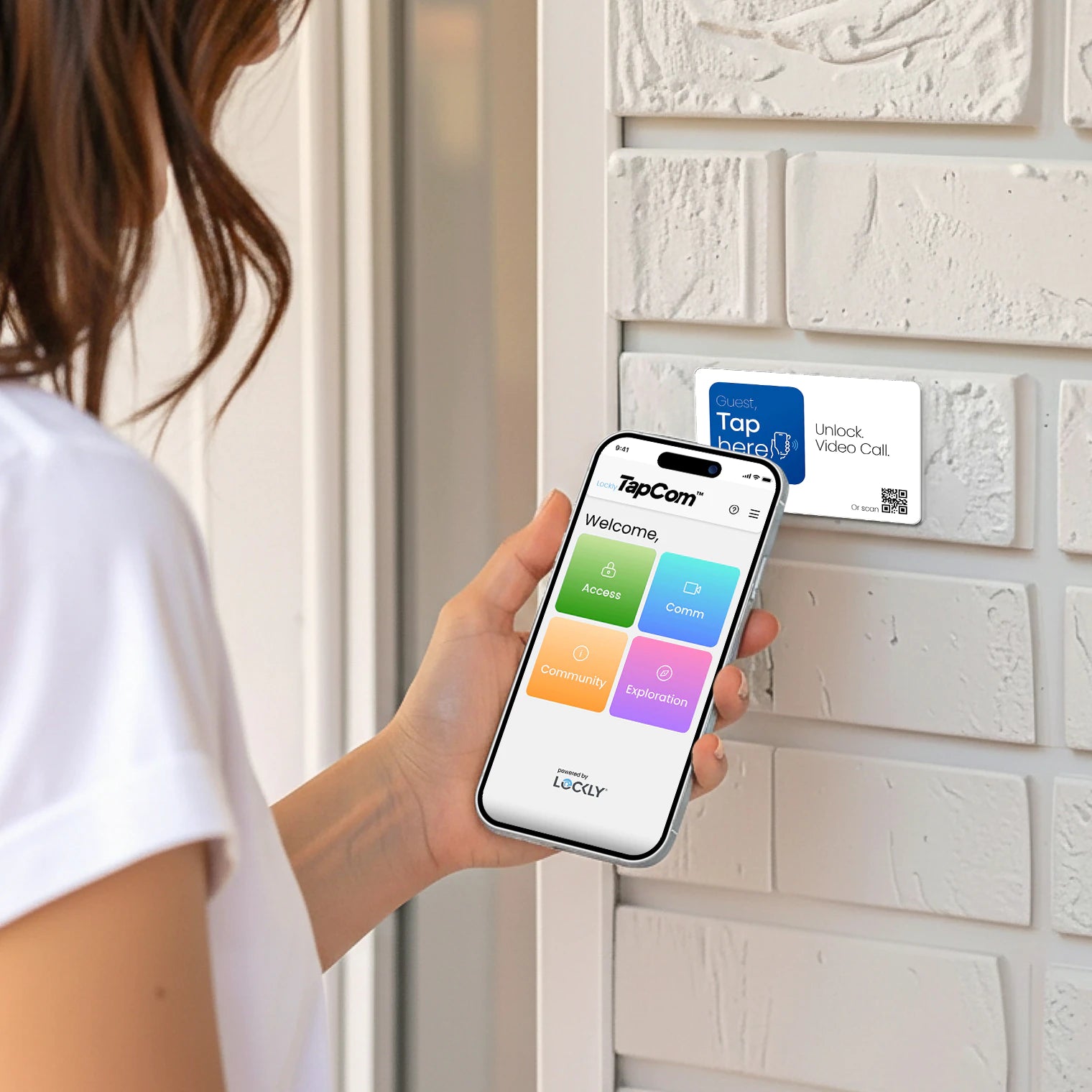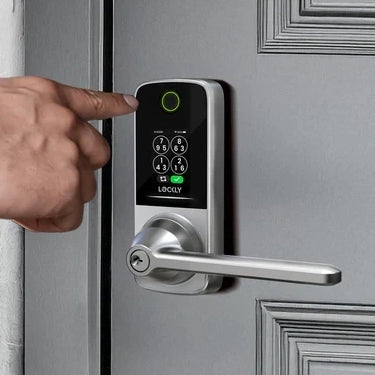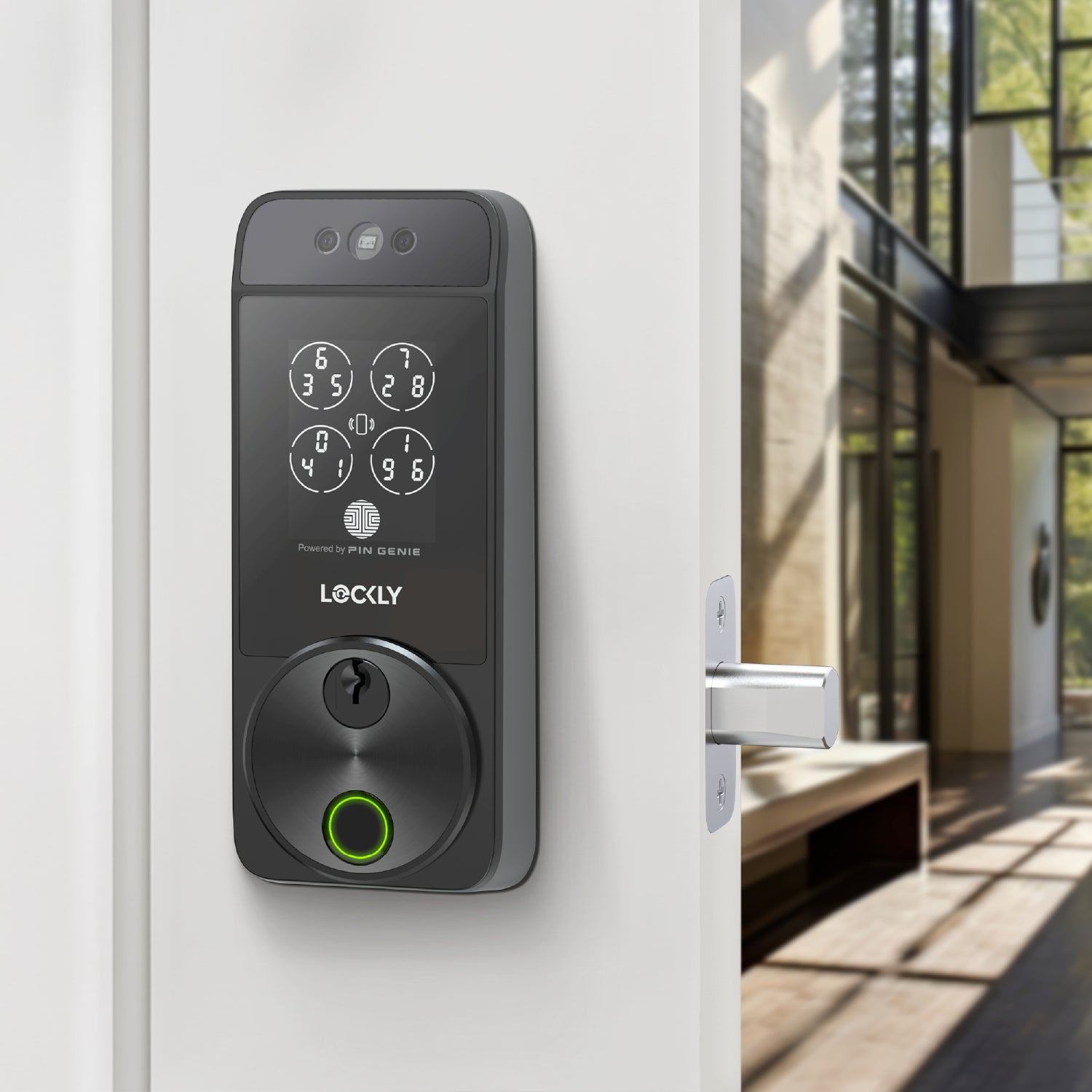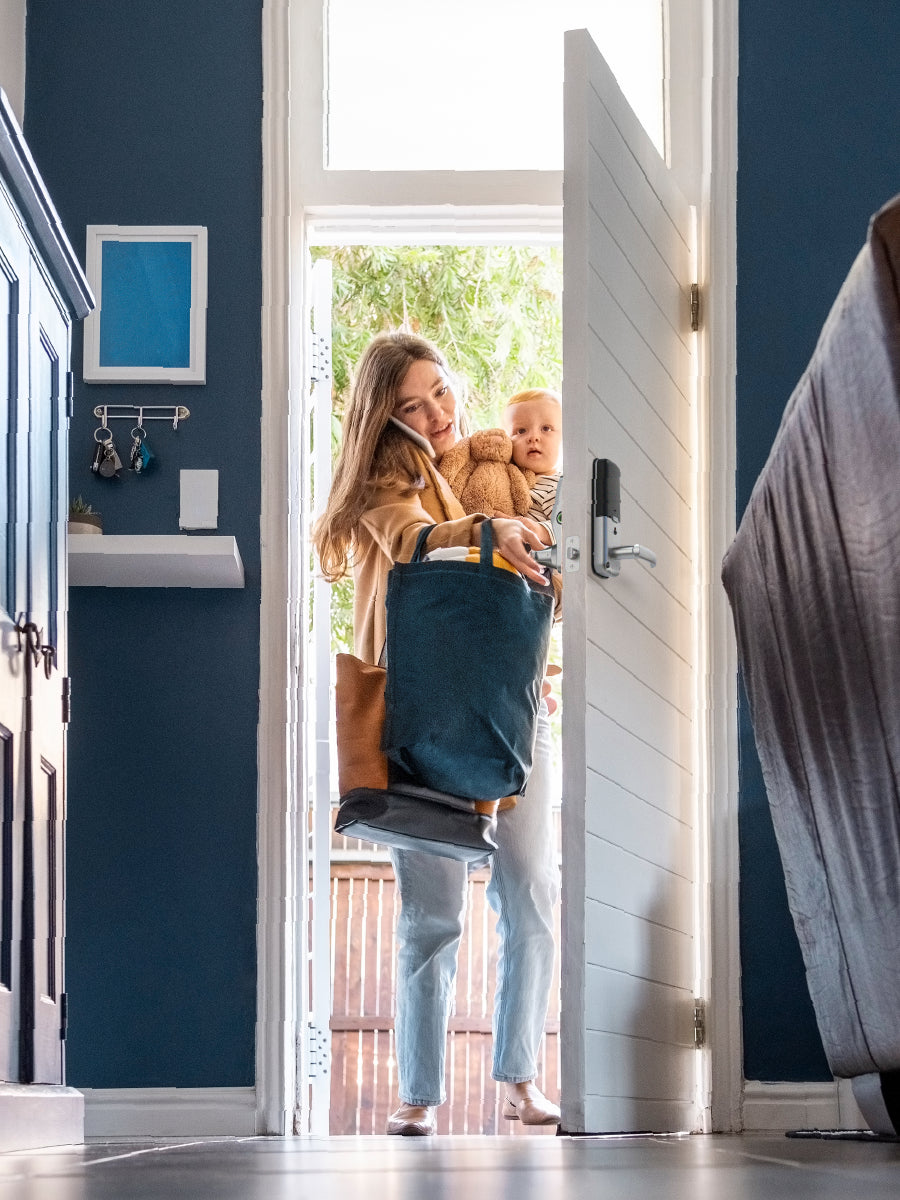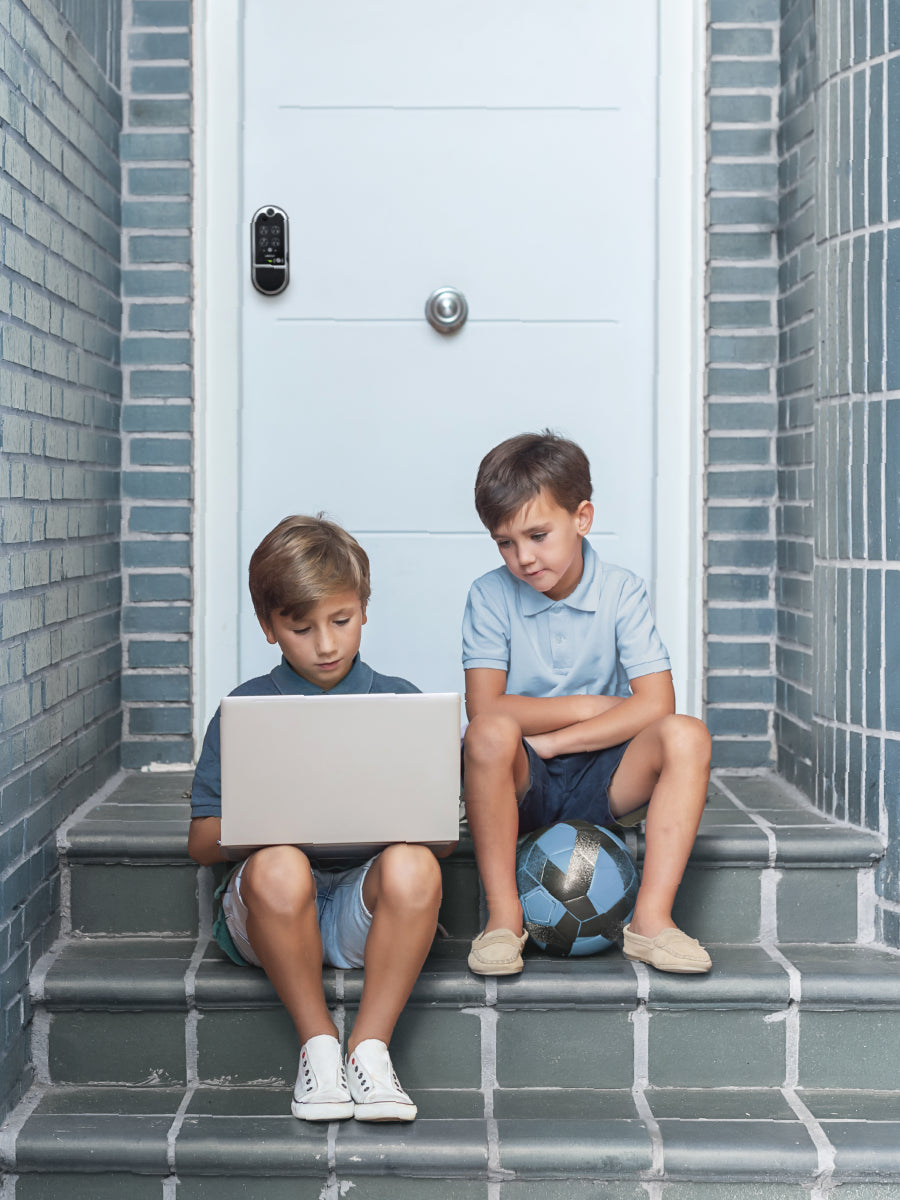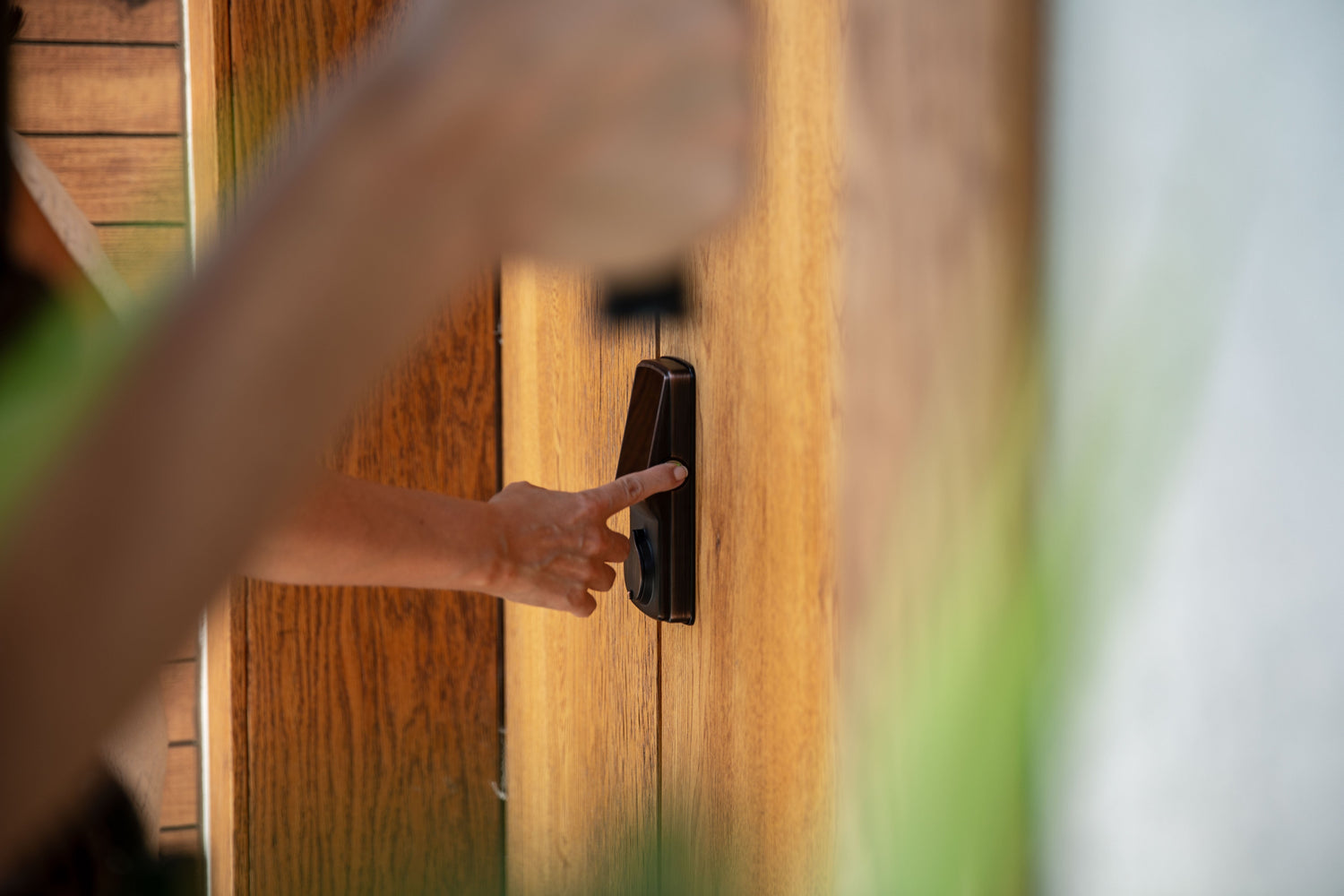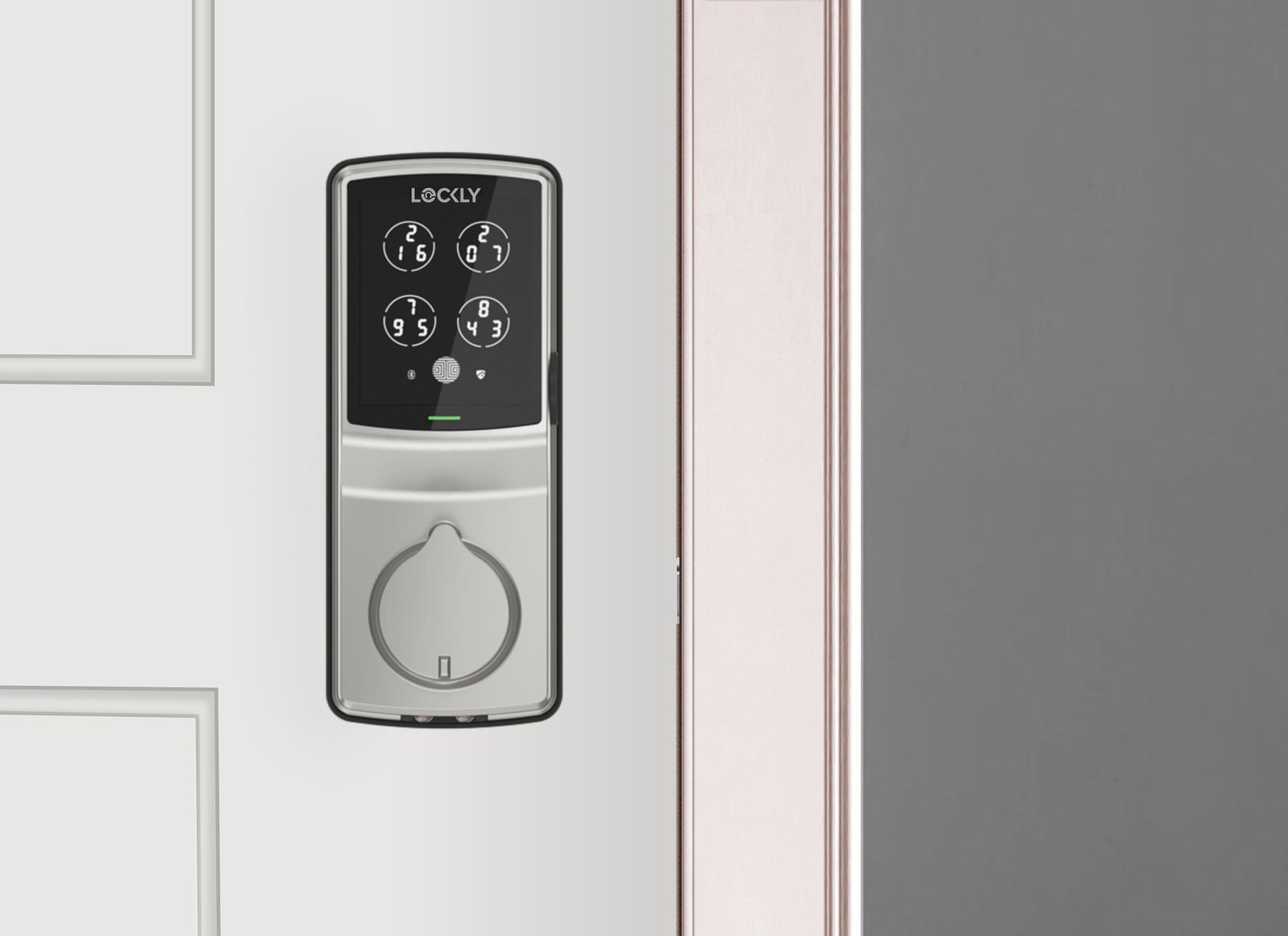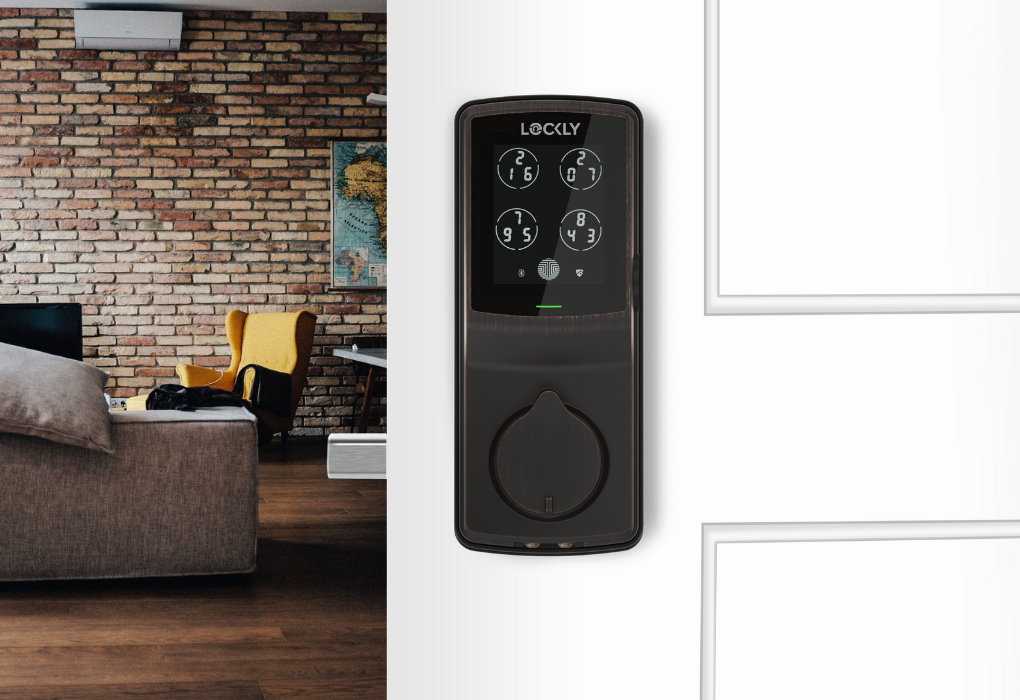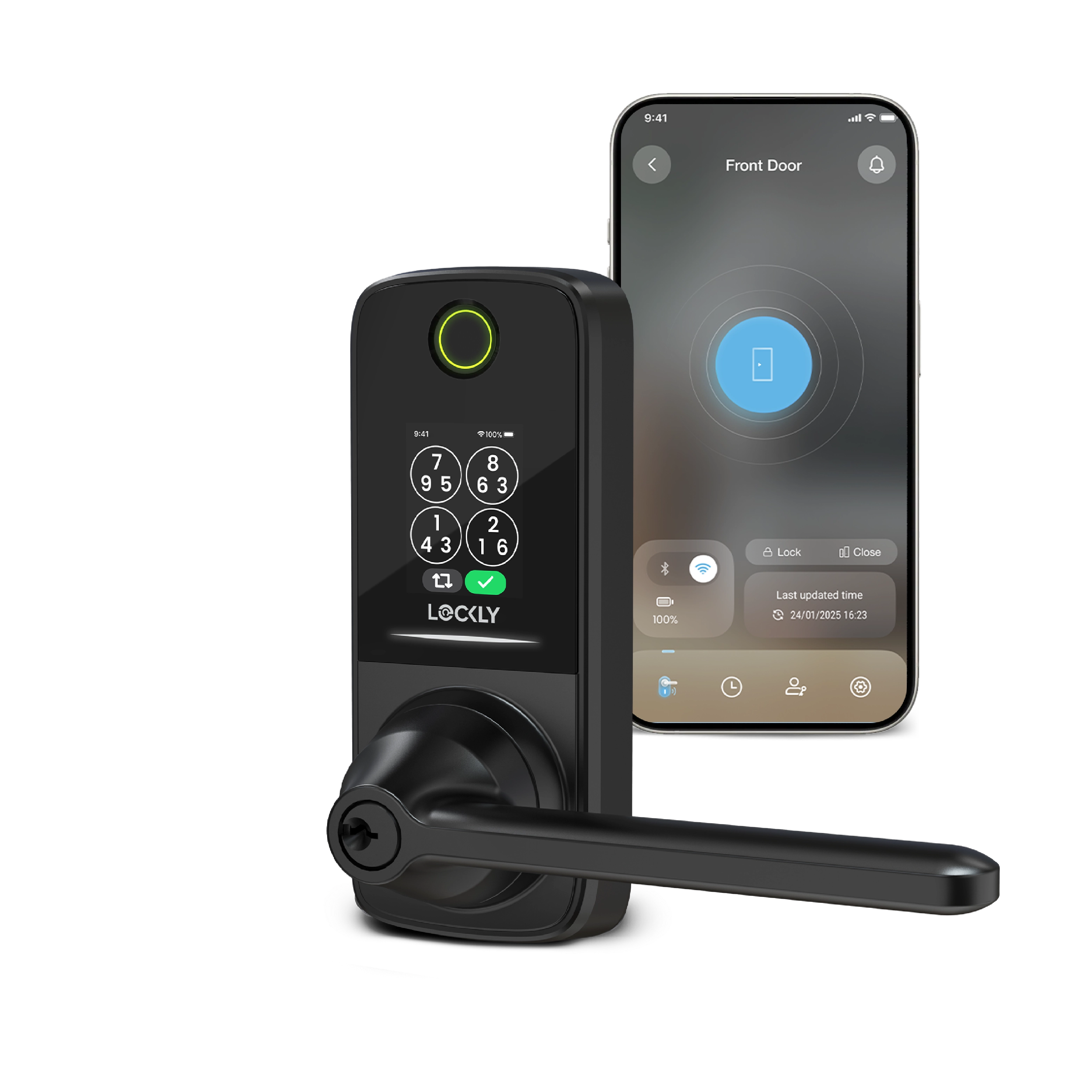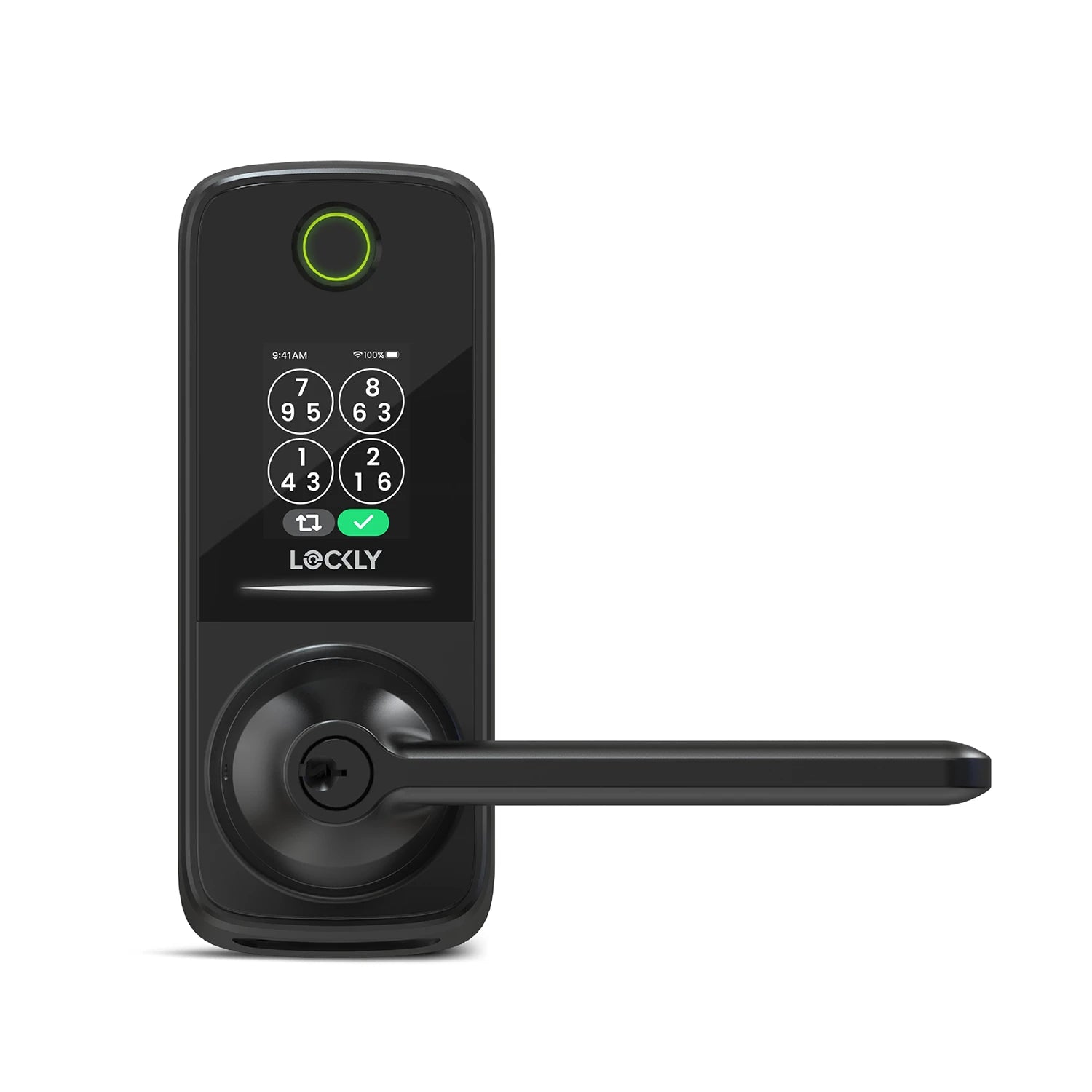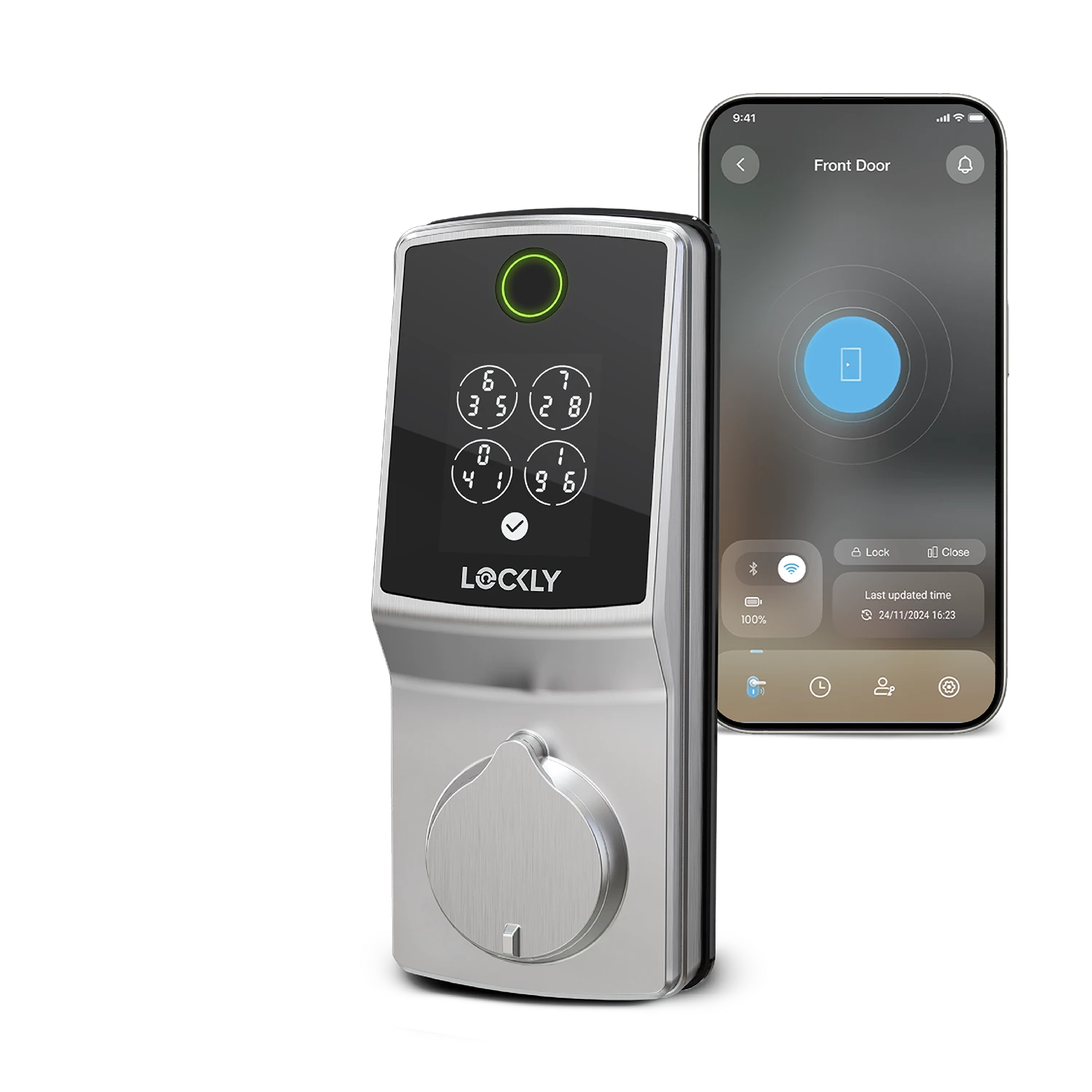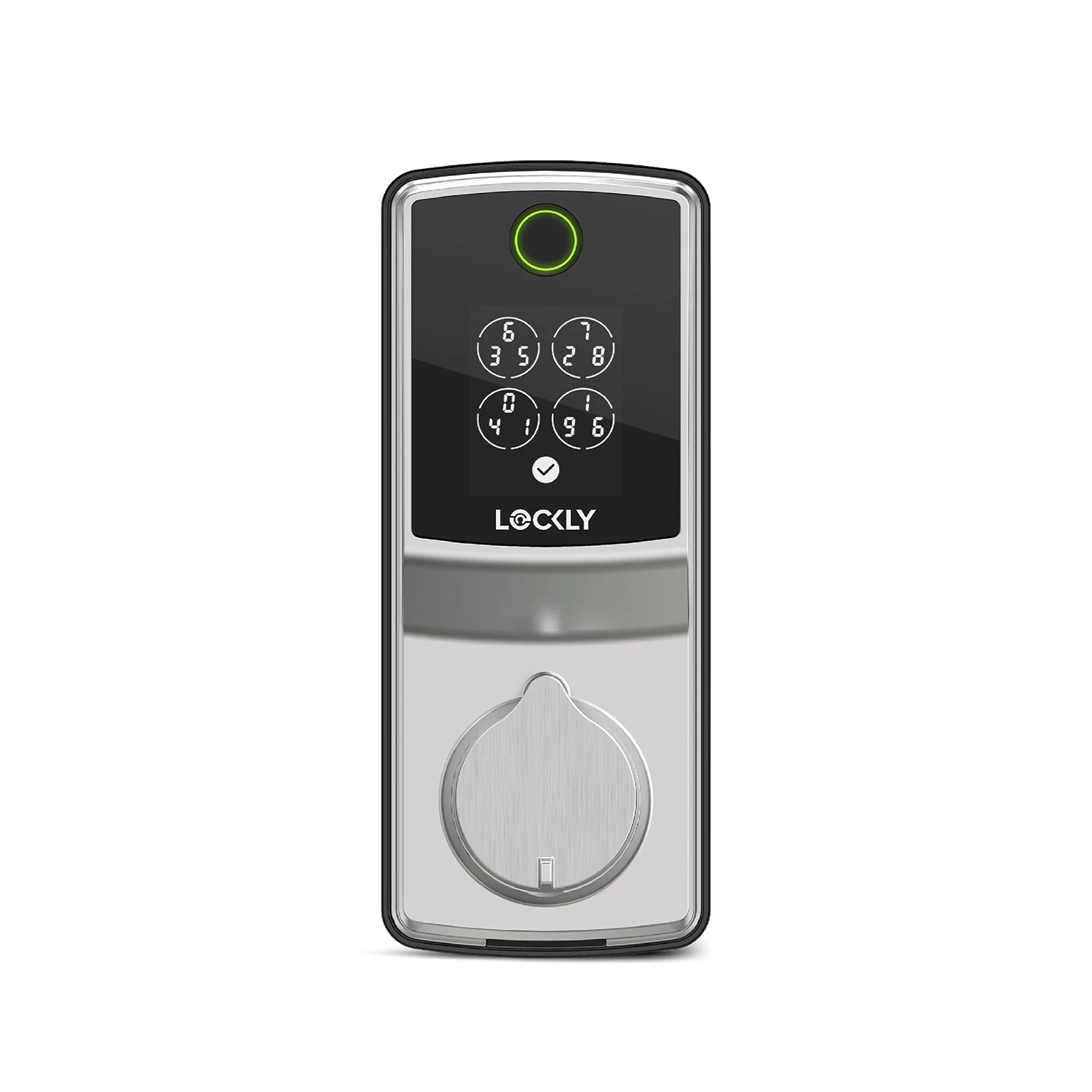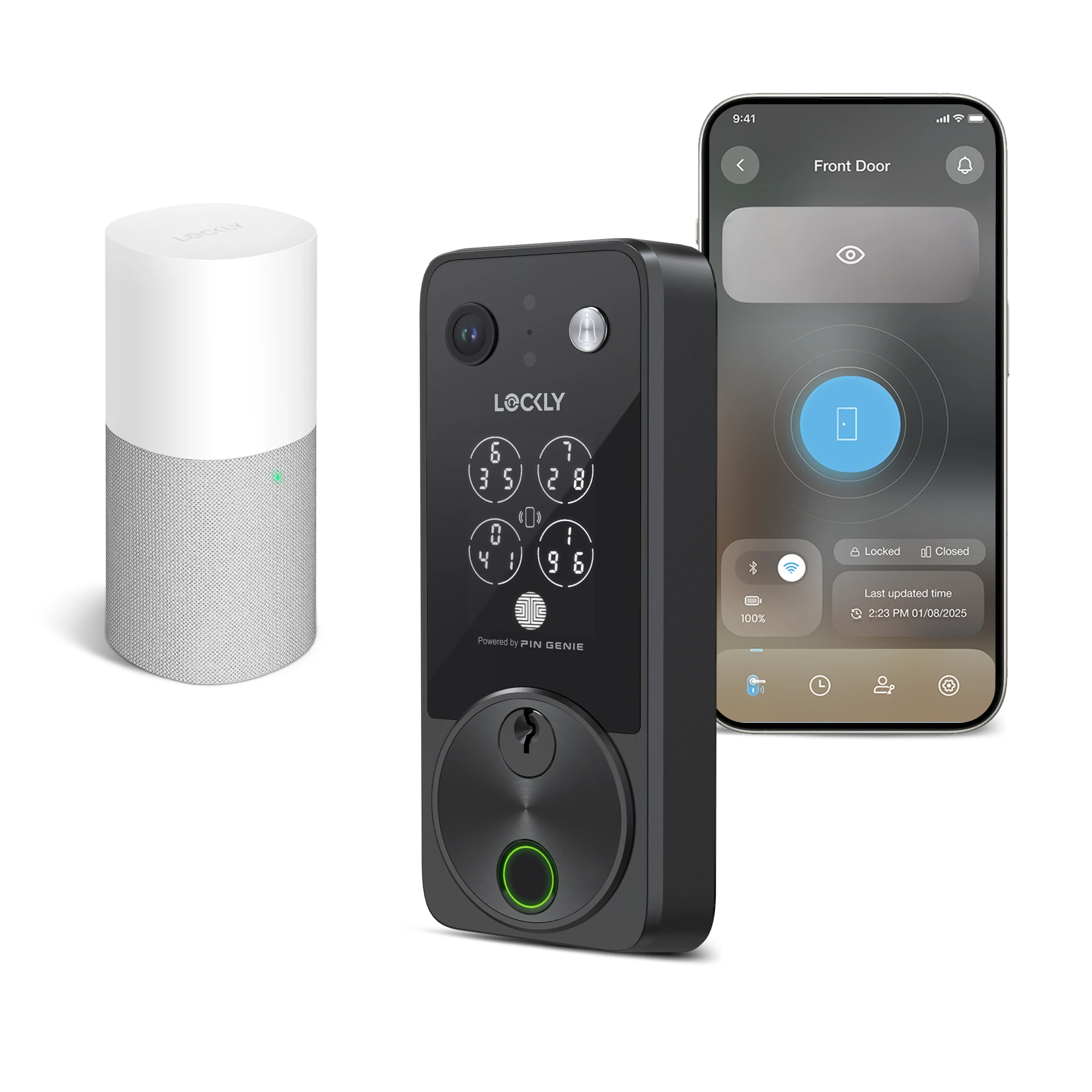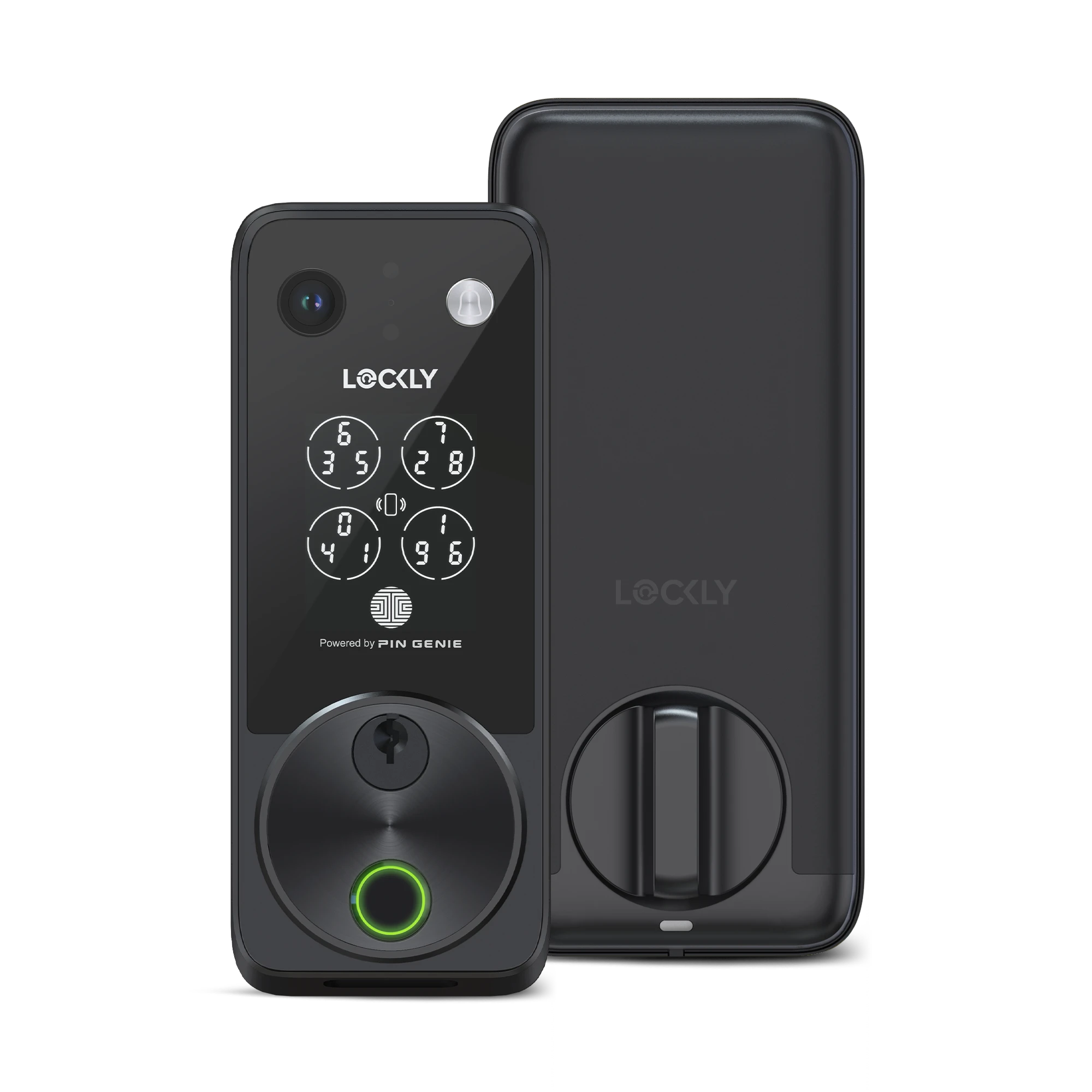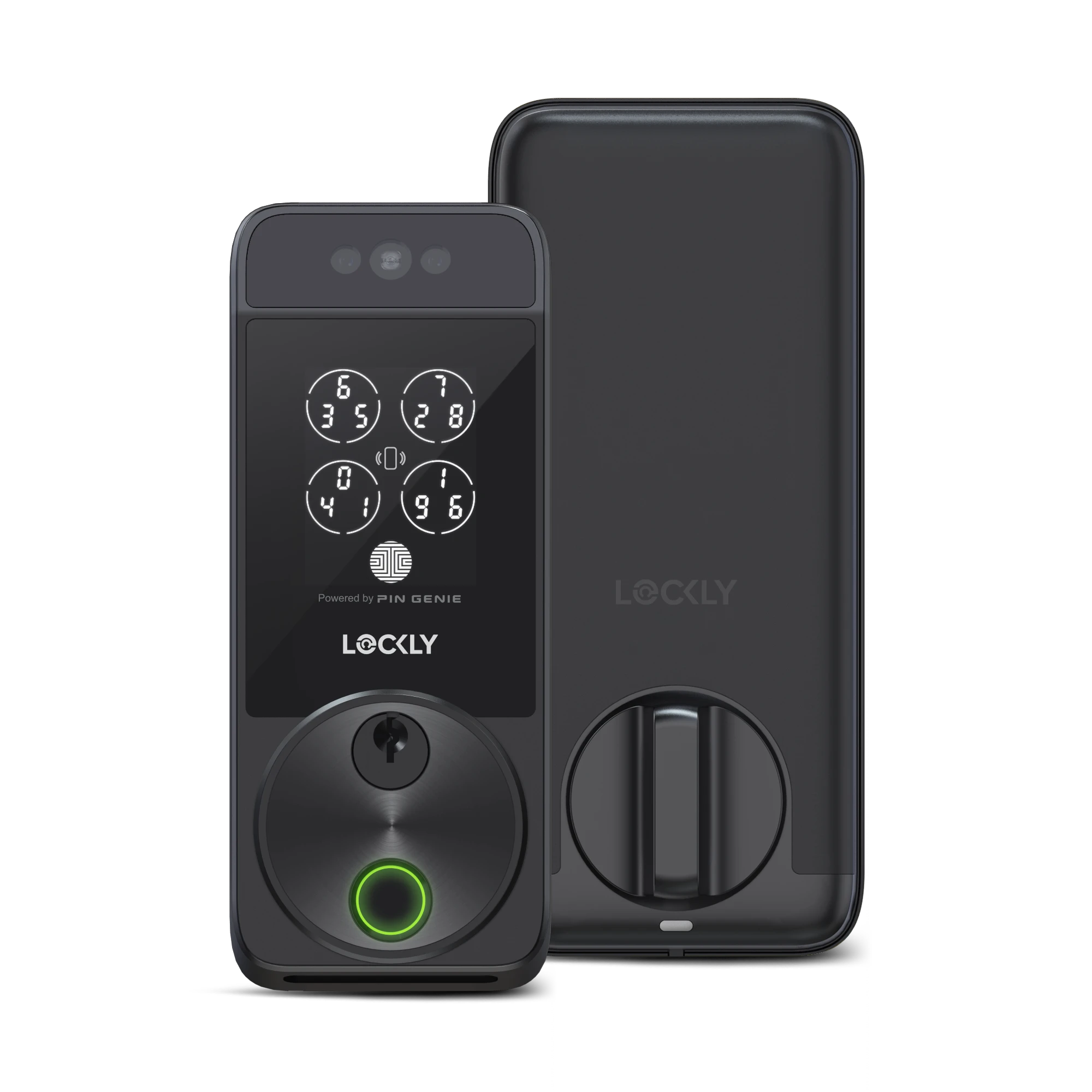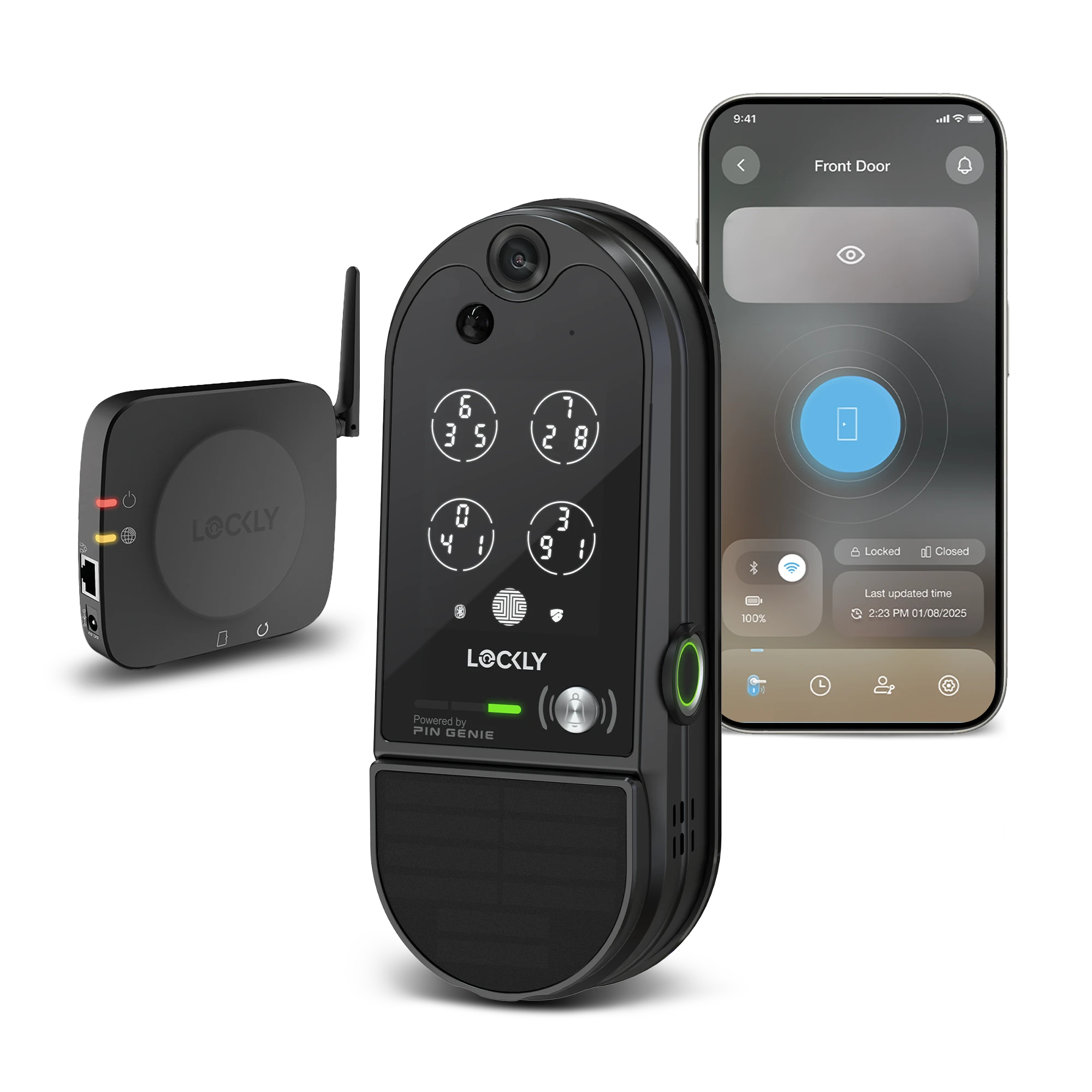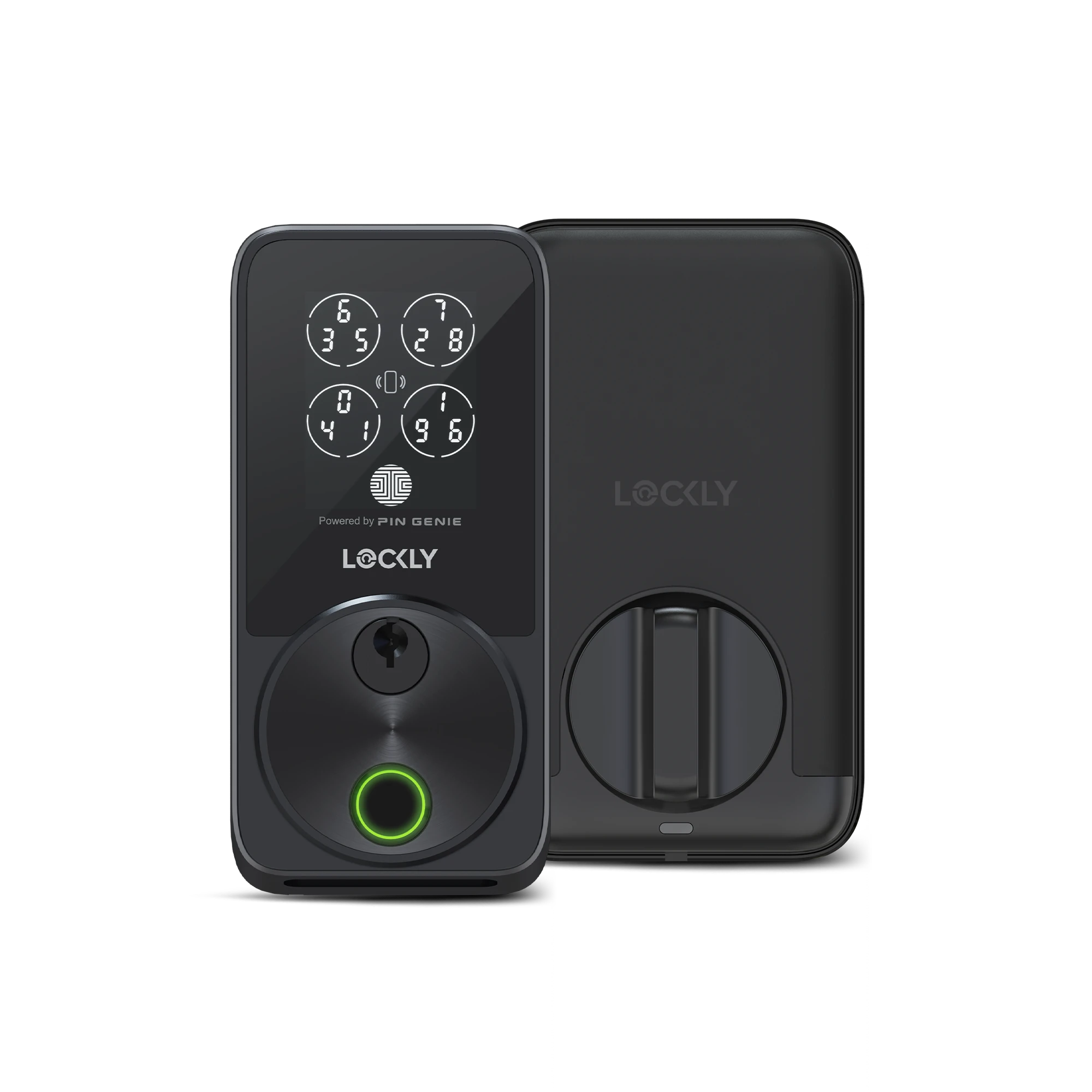Home Security Trends
Even though burglaries might be declining in the U.S., around 1.65 million homes still suffer from break-ins each year. The global home security systems market is expected to reach $62 billion by 2026, of which the U.S. market would account for $17B. Yet, only around 17% of U.S. homes currently have home security systems installed. As homeowners, we must think smarter and rely upon technologies that can properly protect us.
Below are the top home security trends to track in the coming year.
1. Smart Technology
The most conspicuous home security trend is smart home automation. Smart home automation is predicted to grow at a rate of 15% by 2028. What we once secured manually with a key or monitored through a third-party alarm system we can now protect with sensors, cameras, a smart lock or even video doorbell smart locks. Smart security technology builds upon the robustness of deadbolts, CCTV and alarms with enhanced features to expedite monitoring and granting access.
2. Cloud-based Solutions
Cloud storage is expected to become the default method for home security, as no other solution offers the same ease of access or storage. Today, homeowners can study video and audio footage without needing to be physically on the premises. There is now an alternative to tapes or SD cards that could be a target for experienced intruders if not stored securely.
3. Greater Integration Across Platforms and Devices
An estimated 42% of Americans are already using voice assistants in the home. Integrating Siri, Echo or Google Assistant with your home security system is the next logical step. Smart locks, video doorbells and alarms have begun to communicate seamlessly with climate control, lighting and other intelligent systems that you can control from a central dashboard or app. A new generation of homebuyers expects voice control of their devices as a standard feature. Lockly anticipates that evolution with its innovative voice-activated systems.
4. Self-installed, Self-operated Security
Home security is no longer restricted to upmarket neighborhoods or financially viable solely for larger properties. Today, anyone can secure their home without having to lock themselves into a 36-month or so contract with a provider. Security-as-a-service, payable through subscription, is now the go-to model. You won’t need a professional to install the hardware and cables, either. Instead, you can install most of these systems out of the box and monitor them using a standard smartphone. In fact, Lockly smart locks are deliberately designed for easy, one-person installation. Customers can fit a lock in minutes using the installation guide provided, or follow the step-by-step interactive instructions on the app.
5. More Sophisticated Sensors
Wired or analog home security systems have reached their expiration date. Now, homeowners can set up systems that offer more sophisticated sensors, a wider range and more uptime. We are not only entering the era of the 8K video security camera, but we are also matching the advances in performance with next-generation sensors that can:
- Use voice and face recognition to eliminate false alarms (especially to emergency services).
- Offer tamper-free features to detect anyone attempting to evade or bypass recognition.
- Run through self-powered solar or battery rather than a domestic circuit that could suffer damage or outages.
6. Smart Locks
If you’re leaving a key under a porch flower pot in 2022, you need to learn more about smart locks. Today’s smart locks take deadbolt security to the next level, allowing visitors or family members to gain authorized access through:
- Contact, using a biometric fingerprint scan, Smart PIN, eKey or card reader.
- Contactless, such as smartphone apps, facial recognition or voice control.
Lockly smart locks offer live-streaming via the Lockly App so you can remotely detect if anyone is outside of your home or in your driveway. Additionally, Lockly’s night vision guarantees 24-hour protection.
7. Smart Security as a Dealbreaker
New home builders are increasingly partnering with hardware brands and providers to offer enhanced smart security as standard. In fact, adding smart features to a home can increase its resale value by 5%, according to some estimates. Any investment in smart security should pay for itself, either in terms of lower insurance premiums, lower risk of stolen goods or simply the intangible value of peace of mind.
8. AI and IoT
Artificial Intelligence (AI) and the Internet of Things (IoT) are coming home, literally. Many of us don’t even realize that we’re already using these technologies. IoT refers to sensors, gadgets and devices working together without the need for human interference, and it’s rapidly replacing conventional hardware.
AI, on the other hand, describes sensors or software that can make smart decisions based on accumulated data. Examples include:
- Voice control or facial recognition for secure access.
- Cameras that don’t trigger a false alarm when your neighbor’s cat crosses your porch.
- Reminders and settings based on your family’s habits (even on an individual level).
- Alarms that can select the most appropriate emergency service based on video recordings or audio, including flames, smoke or temperature increases that trigger calls to the fire department.
9. Energy Efficiency
Energy security might be a national concern, but it starts at home. Luckily, home automation supports smart, energy-efficient systems. Solar-powered devices, for example, offer a sustainable, self-sufficient energy source. In terms of output, smart technology can eliminate waste by turning off what isn’t in use, conserving consumption based on more sophisticated data and managing appliances or devices according to usage patterns.
How Lockly Supports the Next Home Security Trends
Lockly is a pioneer in smart home security, with the world’s most advanced smart locks and property tech cloud services. We are the only company to offer our patented PIN Genie technology, and offer a wide range of next-generation smart locks and security kits that feature:
- 3D biometric fingerprint scanner
- Smartphone mobile app control
- Real-time monitoring
- Smart home integration and more
Find out how to secure and modernize your home today with Lockly, here.
Sources:
https://www.theguardian.com/us-news/2022/aug/25/porch-piracy-package-thefts-doorstep-delivery
https://autoring.us/blogs/news/why-car-theft-are-rising-in-2021-and-how-to-protect-yours
https://www.insiderintelligence.com/content/how-big-voice-assistant-market
https://www.consumerreports.org/home-improvement/8-ways-to-boost-your-home-value/
https://www.ifsecglobal.com/smart-home/top-five-residential-security-trends-to-watch-for-2022/

